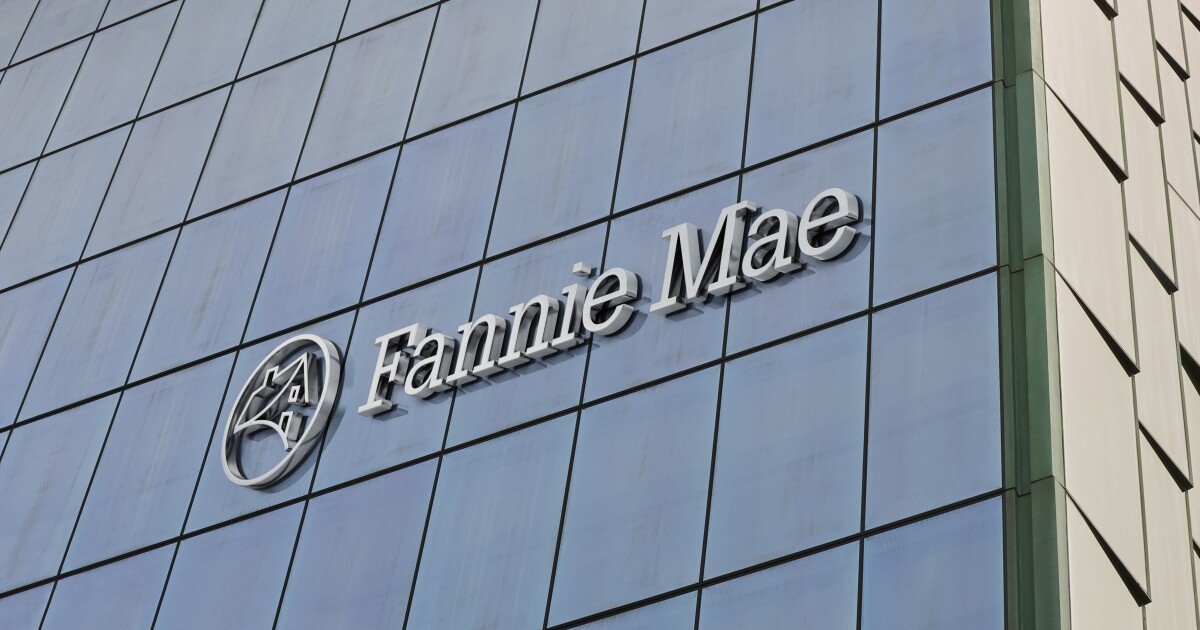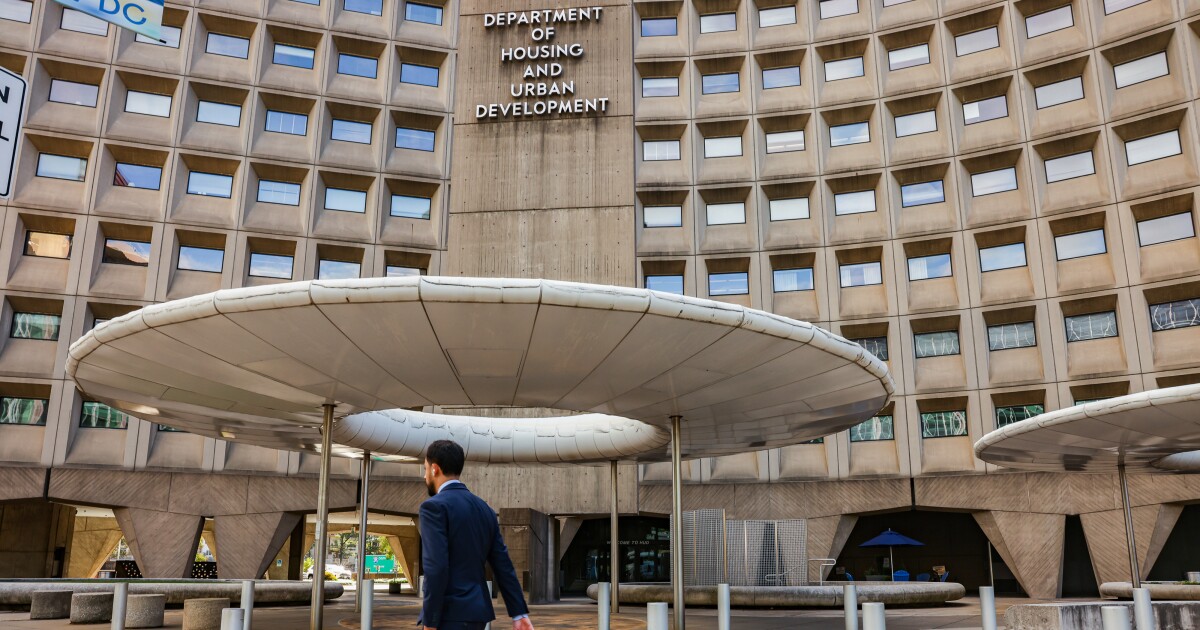
Fannie Mae on Tuesday put a $2.65 billion package of previously distressed single-family mortgages up for sale in a market where a low serious-delinquency rate continues to bode well for borrower outcomes.
The offering follows just weeks after fellow government-sponsored enterprise Freddie Mac floated a $628 million portfolio of distressed loans. Both GSEs are selling non- and reperforming loans under rules updated after congressional scrutiny earlier this year, with some Democratic legislators calling for more information on investor outcomes, particularly for reperforming loans.
Buyers of the 12,800 reperforming loans currently on offer through Fannie's collaborative marketing with Citigroup must maintain loss mitigation measures already in place on the mortgages involved. Loss mit also must be offered if the loans redefault within five years.
The value of reperforming loans hinges largely on how well they continue to repay, and foreclosure prevention measures aggressively offered under the Biden administration even as pandemic relief has been scaled back appear to have been effective to date in that regard.
The vast majority of RPLs in government-sponsored enterprises securitizations had remained current or paid off as of year-end 2022. Only 10% had other outcomes, according to a June report from the Federal Housing Finance Agency, an entity that regulates Fannie and Freddie.
More specifically, 63% of securitized reperforming loans were current, 27% paid off, while the rest had late payments or ended up in the distressed housing market.
The largest category of delinquent borrowers (4%) were only late by 30 days, but the next bigger percentage (3%) corresponded to those who'd not paid for more than three months and were more likely to end up losing their homes.
That said, the share of RPLs where the final outcome is bank- or real-estate owned, a short or third-party sale, chargeoff, repurchase or unknown is well under 1% for all of these categories.
More recent data also suggests that foreclosure outcomes generally remain scarce.
Residential foreclosure filings totaled 33,952 in August, according to the latest report from Attom, a curator of real estate data. While that represented a 7% consecutive-month uptick recently, they are still down 2% compared to year-ago data that accounts for seasonal trends.
Attom counts documents in the following categories as filings: lis pendens (paperwork that serves as a heads up about an upcoming legal action), real estate-owned, and notices of default, trustees or foreclosure sales.
Similarly, although foreclosure starts rose 9% from July, they were 4% lower than in August of last year. Foreclosure completions were up just 1% from the previous month, and down 10% annually.
Although given the remarkable strains on affordability seen recently in the housing market, some critics have concerns that lower foreclosures have limited the supply of homes with an upfront discount, alternatives not only keep people in homes, they require less expenditure.
"Any of these measures will cost the GSEs less than a foreclosure, thus reducing the severity of their losses," said Housing Policy Council President Ed DeMarco in congressional testimony earlier this year. DeMarco previously served as an acting director for the FHFA.
Bids for the portfolio Fannie and Citigroup Global Markets are currently offering must be submitted by Oct. 5.



